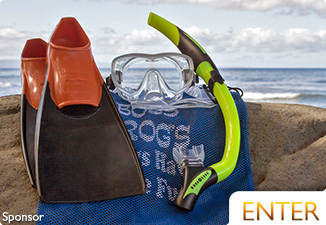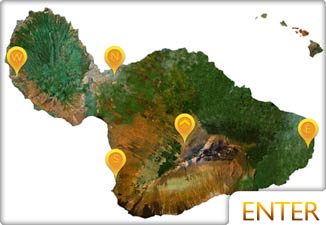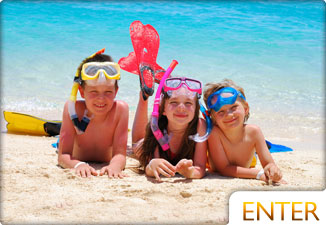Maui > Big Island

The Island of Hawaii – The Big Island
By: Erik Blair
Here in the Hawaiian Islands, many people refer to the actual island of Hawaiʻi simply as the “Big Island.” And for good reason, the Big Island is the biggest island in Hawaii at 4,028 square miles, which is more real estate than the Hawaiian archipelago’s combined landmass. It’s also the youngest, geologically speaking, as the Kīlauea volcano has been erupting continuously since 1983, making the Big Island bigger every day. It is the southernmost island and the current home of Pele, the Hawaiian Goddess of fire, lightning, wind, and volcanoes.
See Big Island Map
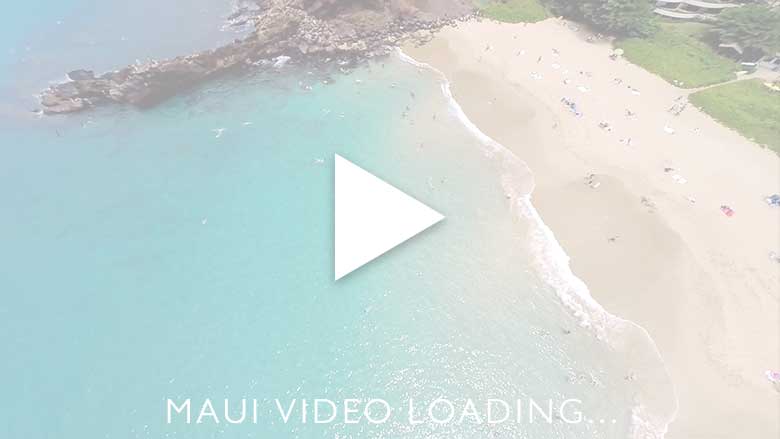
Mahalo to the Treehouse Dad for sharing your Big Island video!
Conquest & Unification
Hawaii Island was the original home of Paiʻea Kamehameha, later known as King Kamehameha. Kamehameha united most of the major islands by 1795 after many years of fierce battles and war. He ultimately named the eight islands, now under his rule, after his home island; and called it Hawaiʻi.
In 1779, the European explorer who called the Hawaiian Islands the “Sandwich Islands,” Captain James Cook, was killed at Kealakekua Bay on the Big Island.
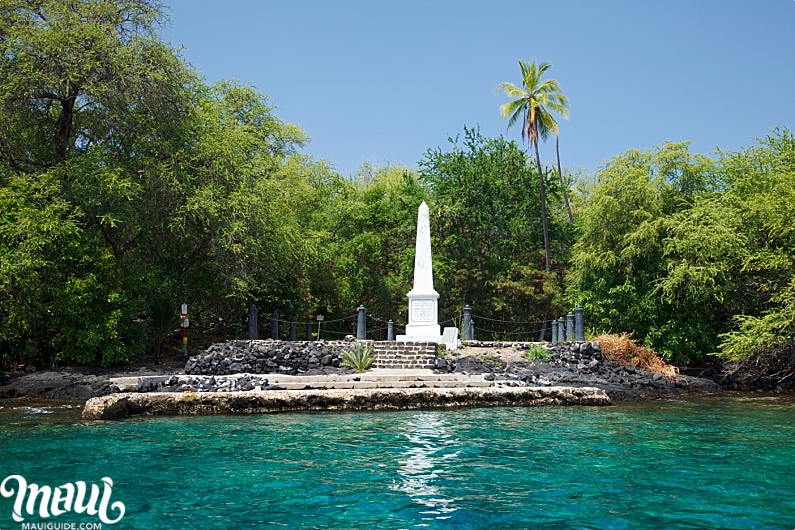
Abundant Natural Wonders
The Big Island is filled with amazing natural wonders, the most active volcanoes in the world, lush rainforests, snow-capped mountains, and incredible beaches, and all spread out and uncrowded. Here are just a few of Hawaiʻi’s most prominent features and finds:
Hawaii Volcanoes
(volcanic activity last updated in September of 2013)
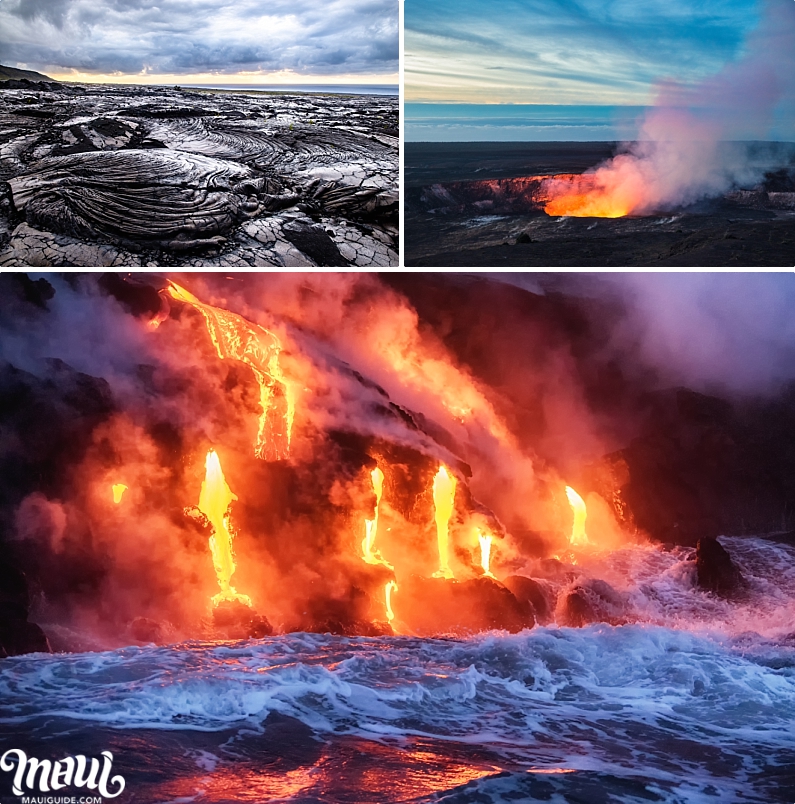
Mauna Kea (dormant volcano)
Mauna Kea is the world’s tallest mountain from the seafloor to its peak at 33,100 ft ( 13,803 ft. above sea level).
Kohala (extinct volcano)
Kohala is the oldest of the 5 volcanoes on Hawaii Island (estimated at a million years old).
Hualālai (an active volcano, but not currently erupting)
Compared with the other volcanoes on the island of Hawaiʻi, Hualalai is the 3rd tallest, 3rd oldest, and 3rd most active. Due to the low amount of volcanic activity on Hualālai throughout the years, there is a relative state of unpreparedness, as evidenced by the hiking trails, tours, and vacation resorts built nearby.
Kīlauea (very active volcano)
Part of Hawaii Volcanoes National Park, Kilauea, is one of the most active volcanoes on Earth. The current eruption has been going on for 20 years and shows no sign of stopping.
Loihi (active)
Off the southern coast of the Big Island, still underwater, Loihi has been erupting since 1996. in 250,000 years, we may be writing about the 9th island created from this volcano.
Big Island Beaches
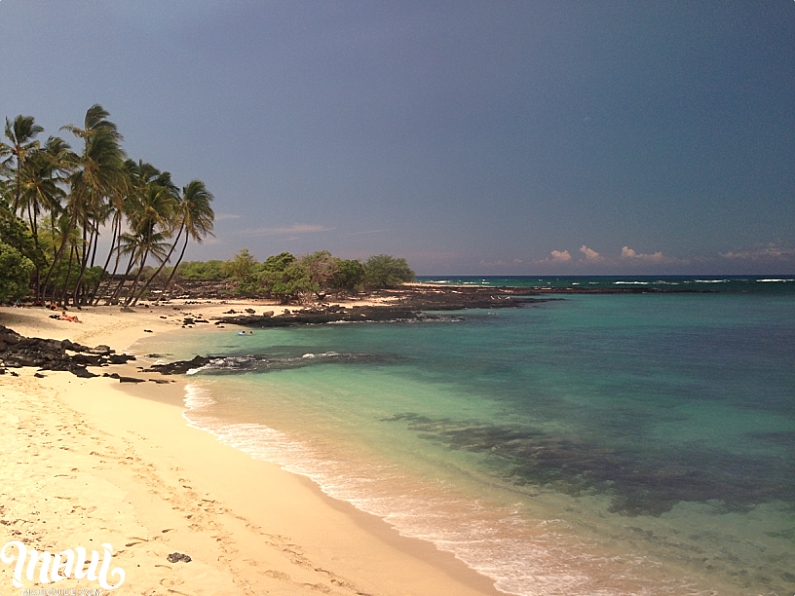
Ka Lae Green Sand Beach or South Point
The green sand beach shown in the top picture on this page is something of a natural wonder. The minerals eroding from the high cliffs make a green hue on the beach. It’s at the most southern point on this Hawaiian island, and it’s a long walk unless you’re a local. So, prepare to take some time hiking and bring a lot of water. When you leave, DON’T TAKE THE SAND! We know it’s tempting, but don’t do it. Bad juju.
Kolekole Beach Park
Big Island PoolKolekole means “raw or scarred” in Hawaiian. It’s located just north of Hilo on the Hamakua Coast, a little jungle hideaway near the ocean. Kolekole Stream is nearby, as well as a small waterfall. Camping is allowed with a permit.
Onekahakaha Beach Park
Onekahakaha is popular with locals because it is shallow and has a sandy bottom. In other words, great for families, snorkeling, and swimming.
Leleiwi Beach Park or Richardson Ocean Center
This shallow bay is a very popular snorkeling site. There are picnic pavilions, restrooms, parking, and showers at the Ocean Center (not far from Onekahakaha Beach Park if crowded).
Punaluʻu Black Sand Beach
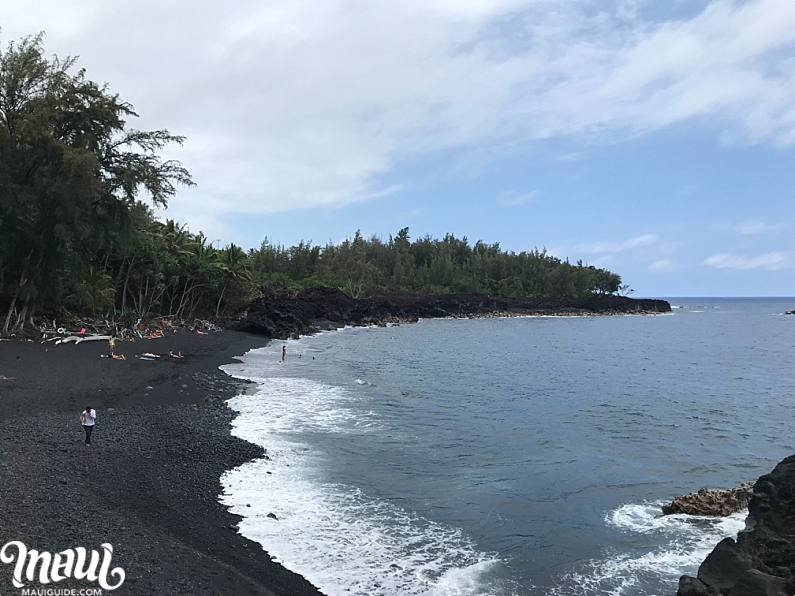
Famous for black sand and Honu (turtles), this beach has nearby camping and is popular with fishermen and families. Hawaii Volcanoes National Park is less than 30 miles away, in case you want to explore the area.
Anaehoʻomalu Beach
Adjacent to the Waikoloa Beach Marriott (where you can rent watersports equipment), Anaehoʻomalu Beach has plenty of parking, picnic facilities, and restrooms.
Hapuna Beach
Next to the Hapuna Beach Prince Hotel, Hapuna Beach is the largest white sand beach on the Big Island. You’ll find plenty of parking with a restroom and picnic facilities.
Holoholokai Beach
Adjacent to the Fairmont Orchid Hawaii, this small beach park has facilities but isn’t a sandy beach. There are tide pools to explore and great snorkeling. Ancient Hawaiian petroglyphs can be found nearby at the Puako Petroglyph Archaeological Preserve.
Kaunaʻoa Beach
Voted among the Top 10 beaches in the U.S. by Conde Nast’s Traveler magazine, this is a unique half-moon-shaped beach next to the Mauna Kea Beach Hotel. Parking is limited, so arrive early.
Kahaluʻu Beach
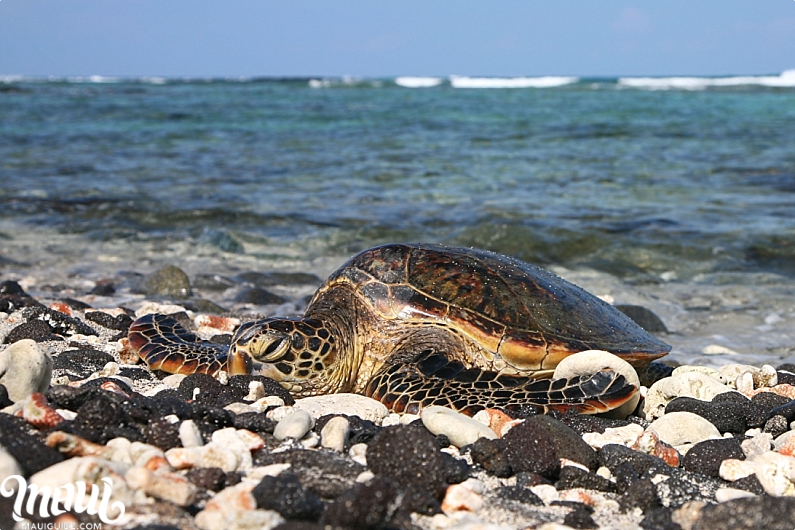
Near the Historic Kailua Village (Kailua-Kona), Kahaluʻu Beach is known for frequent Honu (turtles) sightings and great snorkeling.
Laʻaloa Beach
Also known as “Disappearing Sands” or “Magic Sands” because tidal shifts and strong surf occasionally remove the sand from this beach temporarily. Near Kahaluʻu Beach and Historic Kailua Village, this popular beach is known for body-surfing and body-boarding. Facilities include restrooms, showers, and a lifeguard, but parking is limited.
Samuel Spencer Beach Park
This North Kohala beach is located about 30 minutes North of Historic Kailua Village; and is favored by families because it is protected by an outer reef that produces calm swimming and snorkeling conditions on most days. Facilities include parking, picnic tables, and barbecue grills. This beach is close to the Puʻukohola Heiau National Historic Site.
Big Island Family Photographers
Many of these beaches are great for shooting family portraits. The back drop of a gorgeous beach during sunset or sunrise, or even mid-day where the ocean turns turquoise, makes for excellent Christmas card photos. The kind that makes everyone jealous.
Main Hawaii Cities/Towns
Hilo
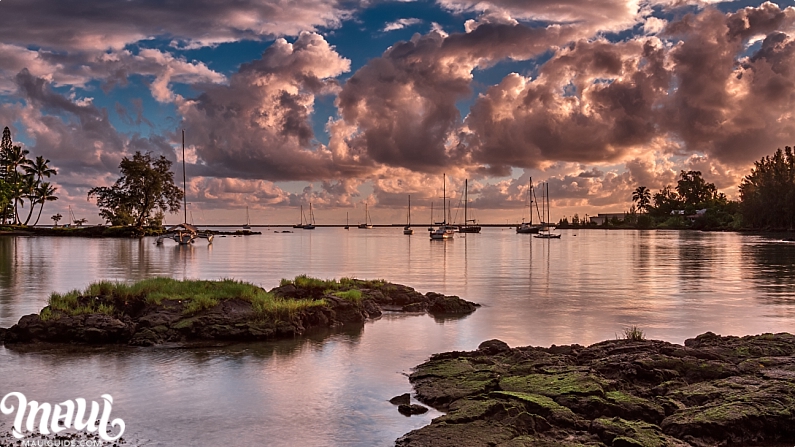
Located on the east coast (the wet side), Hilo is the capital and largest city on the Big Island. Most enter via Hilo International Airport (ITO). You can find Botanical Gardens, great quality macadamia nuts, and impressive waterfalls in and around Hilo.
Kailua-Kona
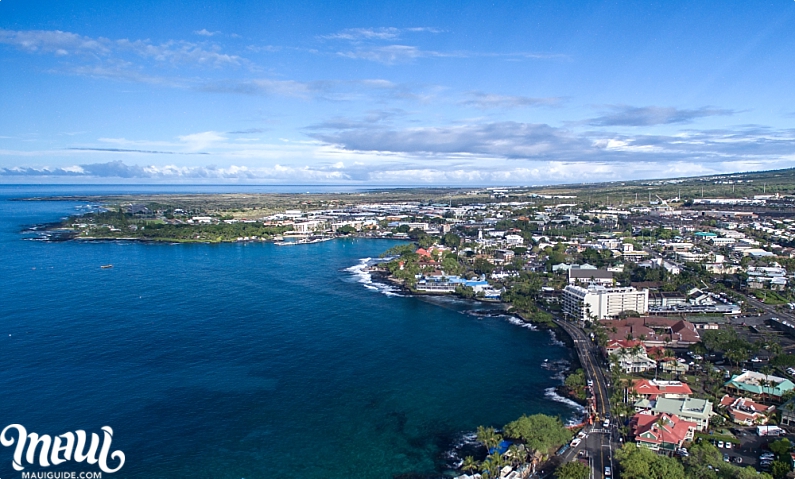
Kailua-Kona is the main town on the west coast (the dry side), and is often referred to as simple, “Kona”. It has its own airport (Kona International – KOA) and is known to be more visitor-oriented than Hilo, and features mostly eateries, fancy shops, ABC Stores, and hotels that cater to tourism. If you’re looking for a great luau, we love the Island Breeze Luau.
Naʻalehu
Naʻalehu town is significant in that it is the southernmost town in the United States, further south than Key West by about 91 miles.
Waimea
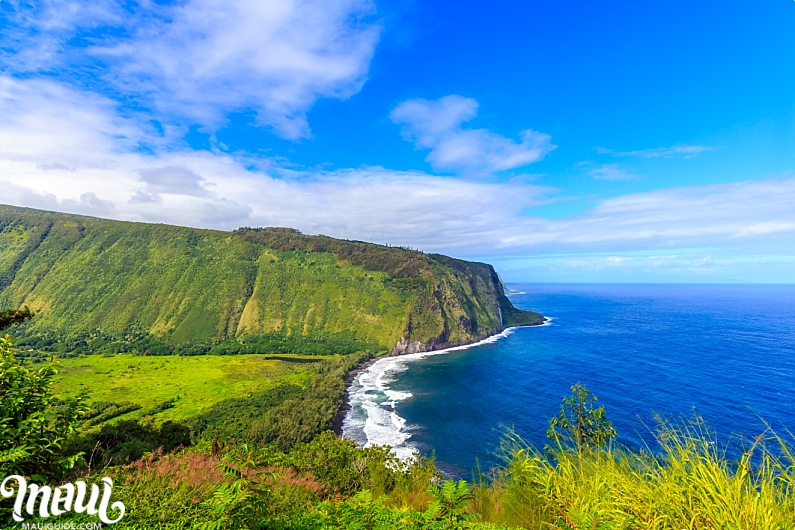
Basically a ranch town on the northern part of the Island, Waimea is the center for ranching and paniolo culture. The Parker Ranch is the largest privately-owned cattle ranch in the US and hosts the annual 4th of July rodeo. There’s also a much smaller town nearby worth checking out called Honoka’a.
Waikoloa
Considered similar to Maui’s Wailea, this area has newer resorts and some great beaches and snorkeling spots. Great restaurants dot the area, and you can even visit petroglyphs!
Insider’s Secret Spot
Hawi
If you find your way to the North Kohala coast, you must check out the little town of Hawi, which is “choke” full of Art galleries, boutiques, and tiny restaurants in quaint little buildings. You’re welcome!

